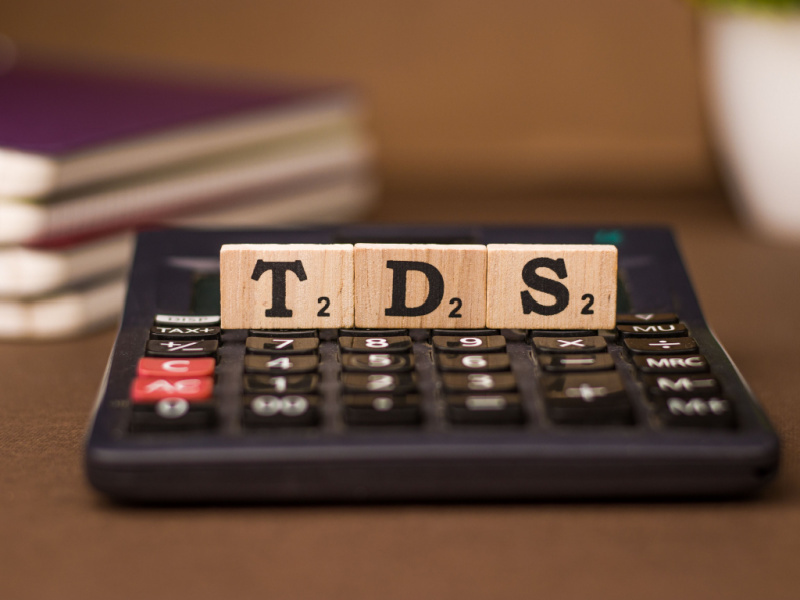
Mutual funds have gained immense popularity in the last decade to become one of the most sought-after investment options in India. Investors are increasingly attracted to this investment avenue for achieving various financial goals. Mutual funds are easy to invest in and offer tax-efficiency apart from a variety of schemes with different risk-return combinations.
Most investors are aware of the broad categories of mutual funds available in the market and how to invest in them, but not many focus on the tax aspect of mutual fund returns. Especially when it comes to TDS on mutual fund investments, investors are often perplexed about the net in-hand returns they receive versus what they expected.
Here is everything that an investor must know about TDS or tax deducted at the source on mutual fund investments.
What is section 194K?
Section 194K is a new provision introduced in Budget 2020. With this provision, the exemption on income from mutual fund units was taken away. As per this section, any individual/institution paying a resident individual income towards mutual fund units must deduct TDS at 10% while crediting such income exceeding Rs. 5,000.
Why was Section 194K introduced?
As per the previous income tax laws, there was double taxation on dividends earned from mutual funds. One level of tax was imposed at the time of dividend payout from the company to an Asset Management Company (AMC). The second level of tax was imposed when the AMC further distributed the payout to the existing mutual fund unitholders.
Additionally, an investor had a choice between either investing back the profits or encashing the dividend income. In case of the latter, the AMC had to pay Dividend distribution tax on the same. DDT was abolished in Budget 2020. Therefore, AMCs can now deduct TDS at 10% on the distribution of dividends. This is applicable only on the dividend amount of over Rs. 5,000 per financial year and per recipient.
Types of income from Mutual fund investments covered under Section 194K
Section 194K covers all mutual fund schemes and both regular and direct plans under it as long as payment of dividends is made from such schemes to the investors.
Schemes where investors have opted for the dividend payment option, fund houses must deduct TDS at 10% before paying out to the investor (if the total annual dividend is above Rs. 5,000). Those who have selected the re-investment option are also liable for TDS under section 194K. Short-term or long-term capital gains are not covered under the scope of Section 194k.
How much tax is deducted as part of TDS under Section 194K
The section prescribes a blanket rate of deduction at 10%. Once TDS is deducted, the amount is reflected in Form 26AS, which can be used by investors while filing their income tax returns if their tax liability is NIL or if they need to pay a lower amount than what was deducted.
Important points to note here are:
- TDS of 20% is applicable if an investor does not furnish PAN details
- For NRI investors, TDS is deducted as per Section 195
- Capital gains are exempted from tax under this section
Delay in deposit or non-deduction of TDS
As per the provisions of section 194K, non-payment or non-deduction of TDS attracts a penalty in the form of interest payment on part of the investor. Here are the details:
- 1% interest as a penalty for non-deduction of TDS. The interest is applied from the date when the tax was to be deducted till the date of actual deduction.
- 1.5% interest as a penalty for non-payment of TDS. The interest is applied from the date when the tax was to be deducted until the date of the actual tax payment.
- Non-deduction and non-payment of TDS also result in inability to claim a deduction on expenses under section 40(a)(ia).
How has Section 194k impacted investors?
With the introduction of section 194K, dividend income has now become taxable in the hands of the investors. Thus, there is a spike in the tax liability of most investors barring small investors who are not impacted in a big way. HNI investors or bulk investors who have a significant stake in mutual funds and have opted for the dividend plan option have had to pay a huge tax towards their high dividend income.
With the introduction of this section, many investors have started turning away from dividend funds and switched to growth funds.
Exceptions to Section 194K
Section 194K has exceptions where withholding tax is not applicable, including:
- Dividend income below Rs 5,000 in a fiscal year does not require a 10% source deduction of tax.
- Income from capital gains is also exempt from the provisions of Section 194K.
Conclusion
To conclude, the provisions introduced in Budget 2020 through Section 194K shifted the burden of tax payment on dividend income from companies to investors. With TDS on mutual fund investments, investors are considered better off if they opt for capital gains through growth plans instead of the dividend option.
FAQs
Forms 15G or 15H can be used by individual mutual fund investors to avoid TDS. This can be done provided their overall tax liability in a financial year is expected to be nil.
The TDS rate on dividend income from mutual funds is 10%. The government, as part of its COVID-19 relief measures, had temporarily reduced the rate to 7.5% for distribution made from 14 May 2020 until 31 March 2021.
Yes, different tax rates and rules are applicable for different capital gains from mutual funds. These are broadly classified as short-term and long-term. The tax also differs as per the mutual fund scheme invested in, for example, equity or debt.
STT or Securities Transaction Tax of 0.001% is charged by the government at the time of buying or selling mutual fund units of an equity fund or a hybrid equity-oriented fund. No STT is applied to debt fund units.



























